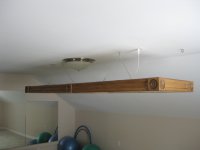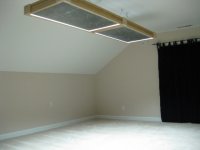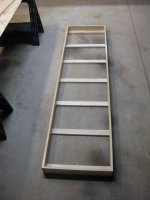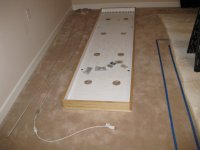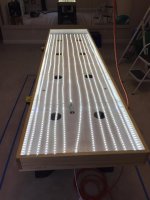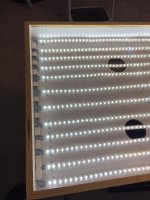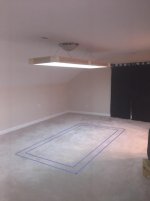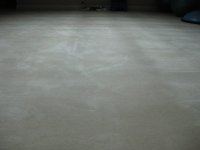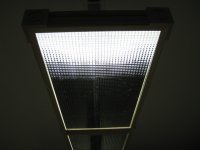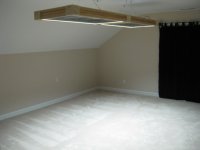LED Pool table lighting project
I have a Diamond Pro Am on order now, walnut stained, and unfortunately not the Dymondwood rails that we all love. Oak rails, because the only other option at this time is (PRC) black, and that just won't work for my home decor.
So while awaiting the Pro Am from Diamond, I saw a couple threads by DeadStick with his LED table light. I love the sleek slim look and decided to build one myself to help mitigate the wait. Props to DeadStick for the idea. The first couple pics are the finished product. For those interested in building one yourself, I'm including more details of light, issues that arose, and how they were resolved.
One pic is the light prior to staining.
Geek info overload to follow.
I have a Diamond Pro Am on order now, walnut stained, and unfortunately not the Dymondwood rails that we all love. Oak rails, because the only other option at this time is (PRC) black, and that just won't work for my home decor.
So while awaiting the Pro Am from Diamond, I saw a couple threads by DeadStick with his LED table light. I love the sleek slim look and decided to build one myself to help mitigate the wait. Props to DeadStick for the idea. The first couple pics are the finished product. For those interested in building one yourself, I'm including more details of light, issues that arose, and how they were resolved.
One pic is the light prior to staining.
Geek info overload to follow.
Attachments
Last edited:

